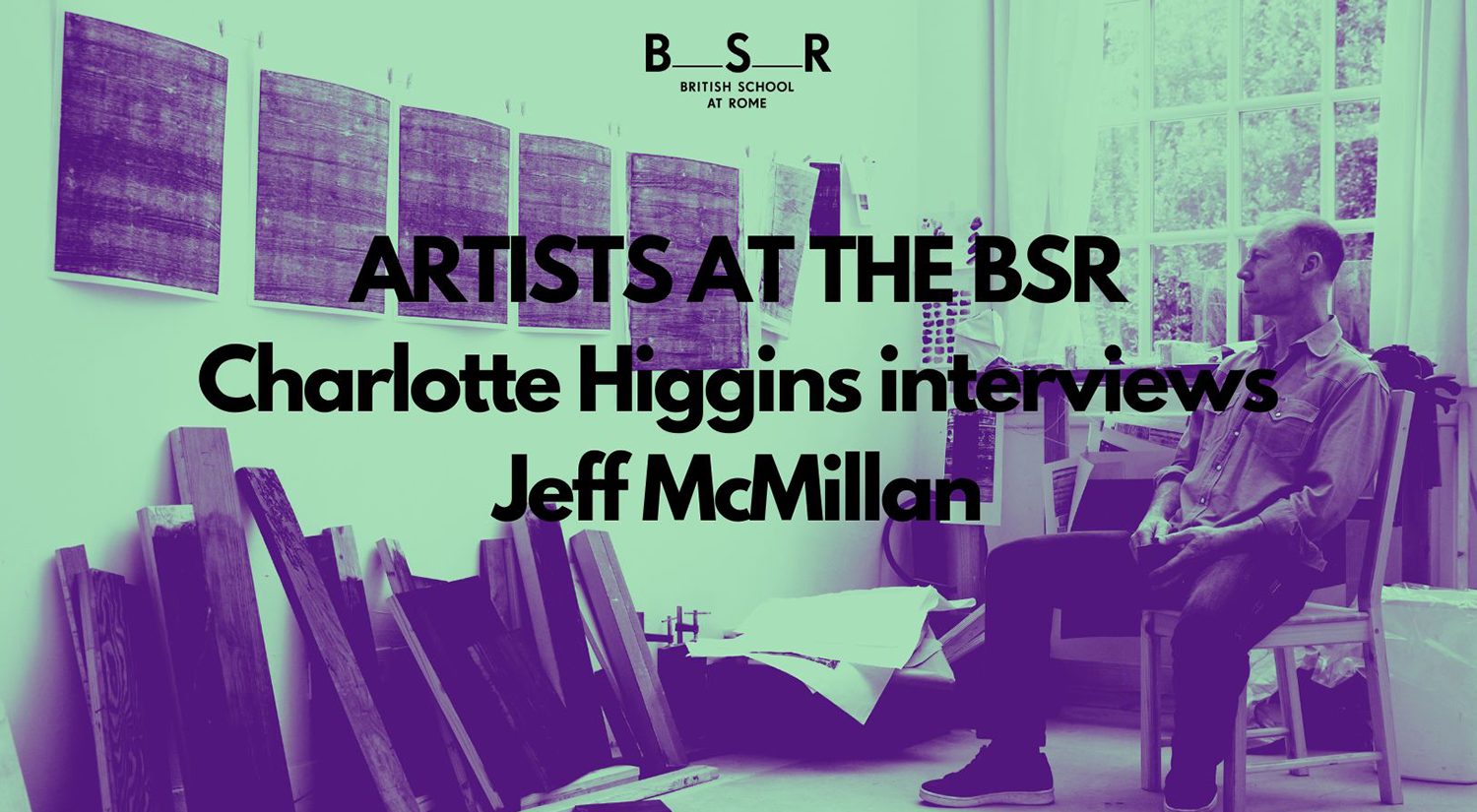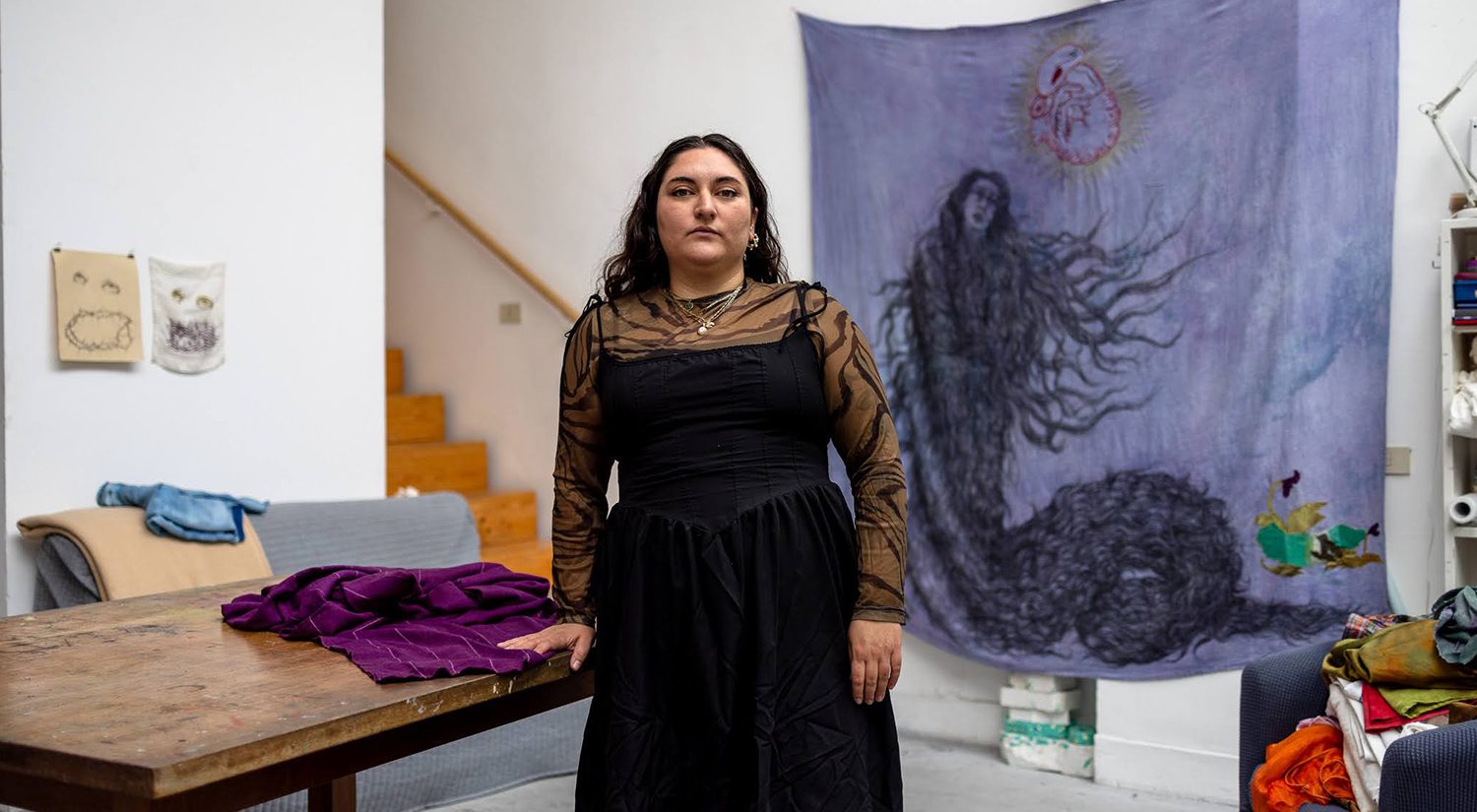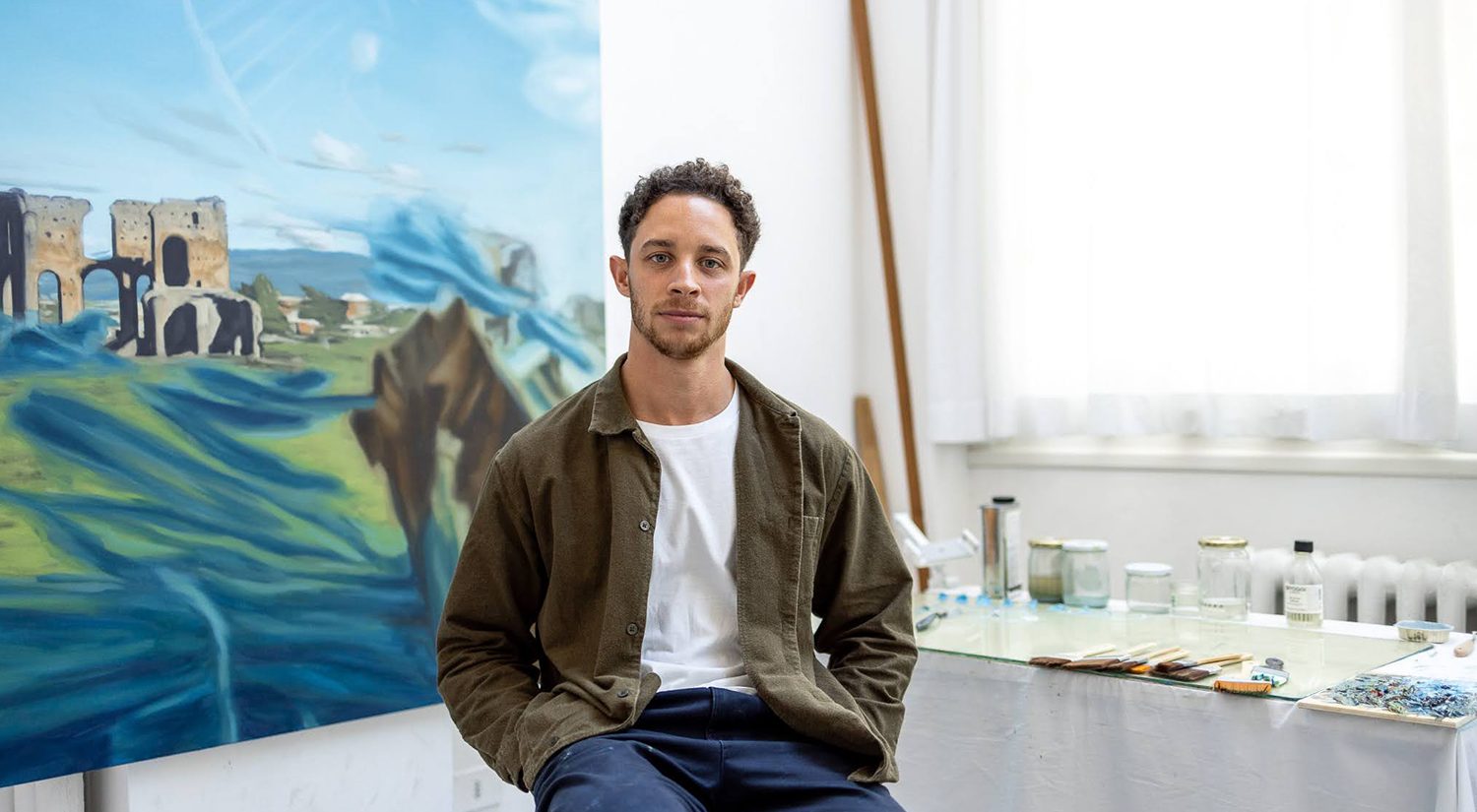As a young Frenchman arriving in Rome, and walking for the first time on Italian soil, I was naturally rather intimidated for the first few days by the city known as eternal. Everywhere, ruins face fascist era buildings, and the rhythm of life oscillates between a quiet far niente – with an air of dolce vita – and a mad race against the clock that can be expected from a European capital city. To be fair, arriving at my new workplace did nothing to change this first impression: here I am, smartly dressed as an intern hoping to make a good first impression, quite sheepish before the impressive, ancient, and temple-like façade that hides the British School at Rome (BSR for friends).
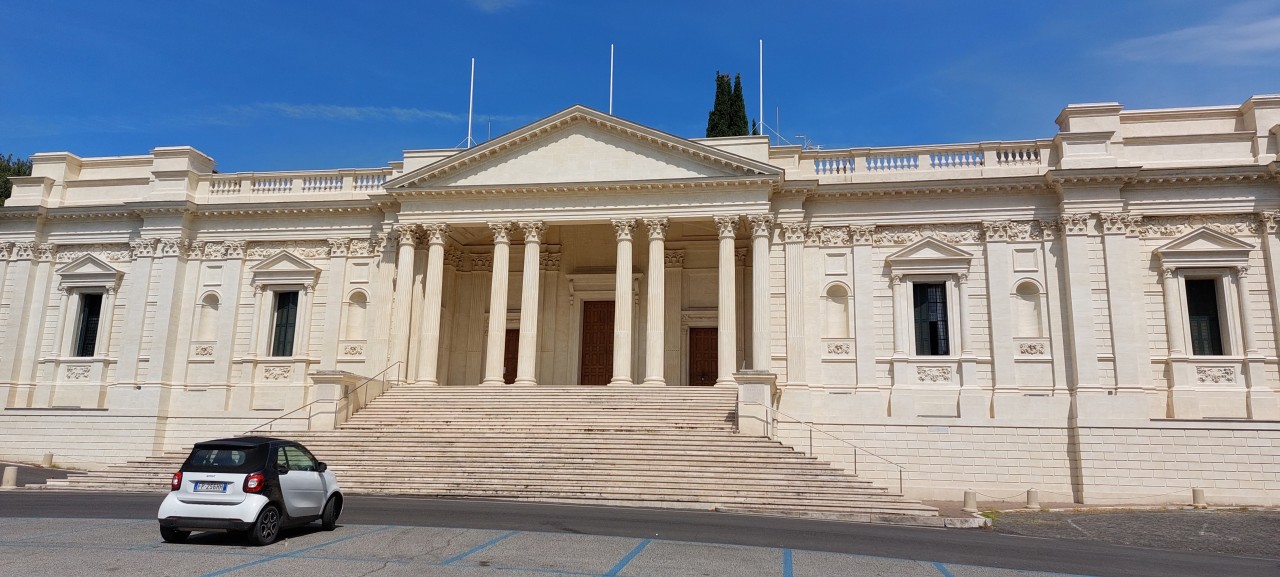
It should be noted that the premises of the BSR were originally meant to be ephemeral. In 1911 the International Exhibition of Art in Rome was held, one of the many iterations of the more famous World Fairs, an occasion for which the United Kingdom built a pavilion. The design of the British Fine Art Palace was conceived by Edwin Lutyens, and shares, at least to me, a certain resemblance with the façade of the British Museum in London. But here is the twist: in November, the exhibition reaches its end, and the participating states pack their luggage, disassembling their pavilions before they leave. The British pavilion, however, was so appreciated that it was given to the BSR in 1916, with the mission of becoming a sanctuary for the fine arts and for research in the fields of archaeology, history, and art history. The BSR serves as a home for residents, or rather “award holders.” Hence, an adventure already a century in the making had begun, but that is a story for another time. For now, I still have to pass through the gates of the temple. So, I ring the doorbell, the door opens, and …
Surprise! While I was expecting to see a vast and stark space of white or greyish stone in front of me, I find myself in a sort of corridor, bathed in the morning light which passes through a large bay window, and behind which I can catch a glimpse of an inner courtyard. But I don’t have time to linger there, for someone already comes to greet me: I meet Beatrice Gelosia, who will supervise a part of my work, and who takes me on a tour to visit the premises. I follow her, then, ready to feast my eyes on a mountain of marvels.
First step: the library, of course. I discover an intimate and warm atmosphere. Everything is covered in wood. The main reading room, of modest dimensions, but topped by a mezzanine furnished with shelves – which isn’t unfamiliar, for it reminds me of my school’s library – goes underground via a few steps to an air-conditioned storage unit – much more austere – where the serials are kept. Back up to the surface, and a sudden dive into a maze. The library is housed in a whole wing on the ground floor of the building. On the first side is the Library Office, where there is a desk assigned to me, and the desks of the award holders which align behind the wall. These rooms are covered on one side by warmly coloured shelves, crowded with books, and on the other by bay windows looking out onto the director’s garden – which anyone can actually enjoy. The natural light floods these spaces, and I can already imagine the pleasure one must feel doing research here. Sometimes, a black cat even strolls in front of the windows. On the second side, the library is arranged in multiple small rooms, their walls also covered with shelves, housing a few desks for readers. A few pieces by former artists-in-residence adorn the walls. Finally, a corridor goes along the inner courtyard, perpendicularly to the entrance hall: here too, the space is put to good use, with the walls displaying the archaeological collections.
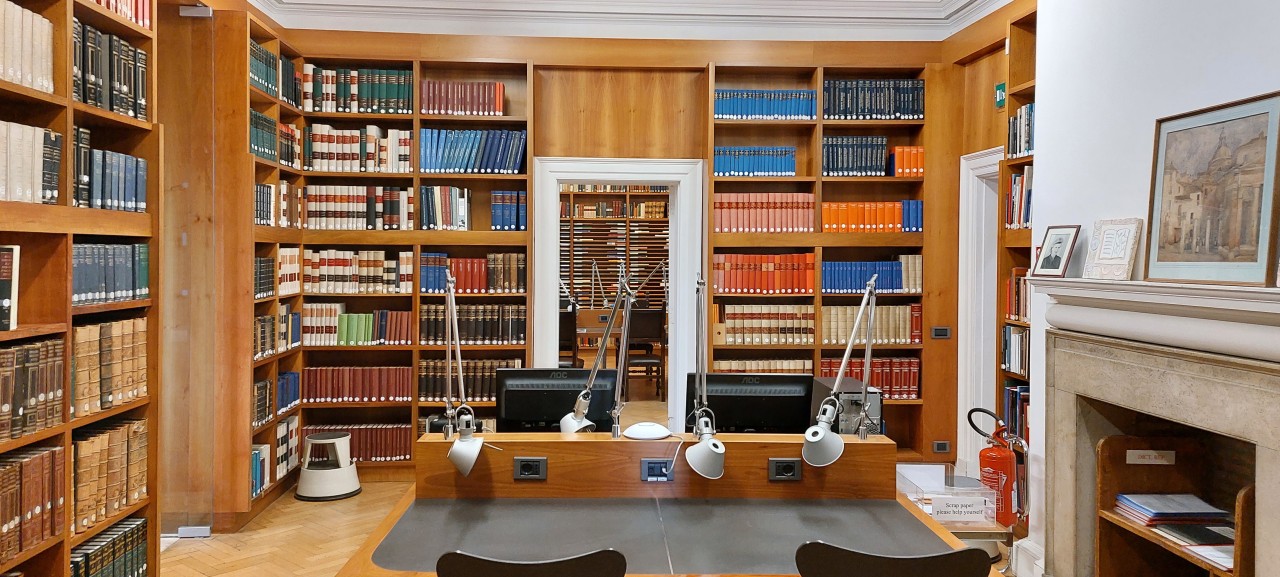
At the end of this corridor, I meet Alessandra Giovenco, the BSR archivist, in her office, who will also supervise my work. She takes me to the second air-conditioned storage unit, where some of the institution’s archives can be encountered, including the administrative and photographic collections, as well as books about the history of art and architecture. I try to quickly catch the names of the BSR’s great directors: Thomas Ashby, David Whitehouse, John Bryan Ward-Perkins …
I am then shown the other departments of the BSR. I discover the rather modest administration branch, and get to meet the director, Professor Abigail Brundin, in what seems to me the humblest office in the building. And on to the archaeology department, where I am shown, not without an anxious ‘gulp,’ the mountain of the archaeological archive I will have to climb, and then to the finance department, fine arts, estate management … an endless list of names I try to remember, sometimes in vain: time shall correct this error of mine. Above all else, I enjoy the pleasure to speak, depending on the person in front of me, in English, in Italian, or even in French for those happy to dig up the memory of a sentence, a phrase, or French lessons from a few years back. A quick visit to the artists’ studios, which are both workplaces and rooms. A short walk in the courtyard, between the low, neatly trimmed hedges and the pool where some fish wriggle around, and …
Ding! A bell rings: it’s lunch time. I discover the last, but certainly not the least, room: the dining hall! Members of the staff and award holders regroup to share tasty dishes, and I begin to make friends with my new co-workers.
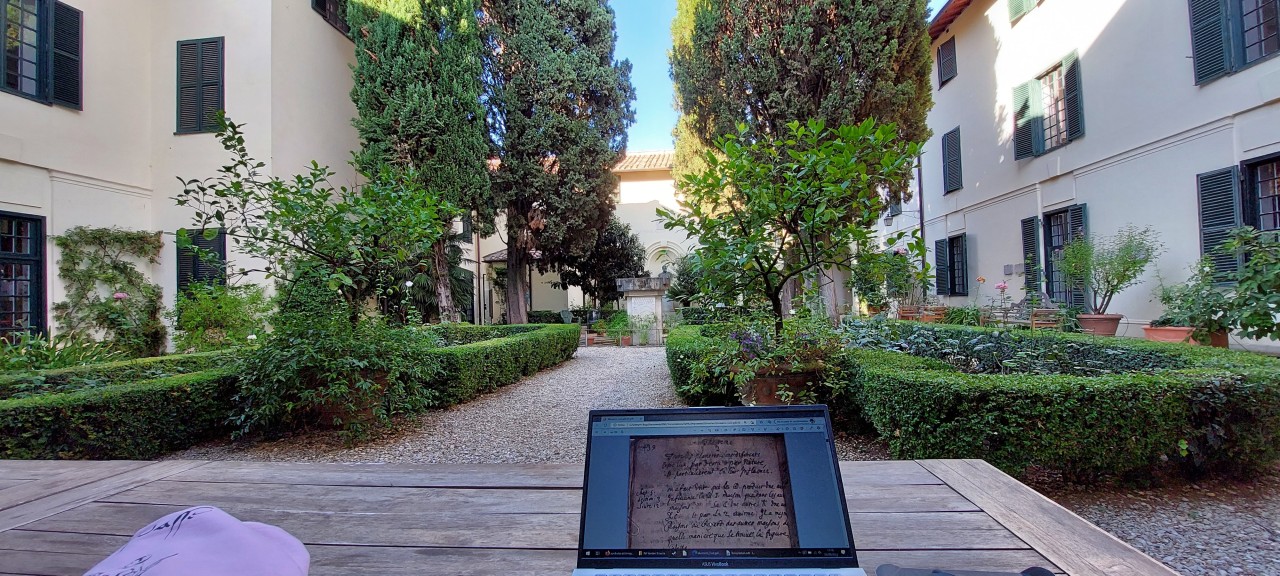
That temple isn’t too intimidating in the end.


